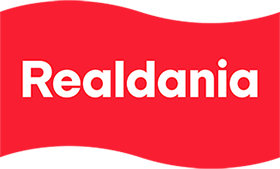Sponsored by Realdania
Sustainia’s latest publication demonstrates how local communities and municipalities pave the way for brand new market opportunities.
In late May, Nordic Clean Energy Week took place, where major economies from around the globe met to accelerate the green transition. The cutting edge publication Klima100, a partnership between Sustainia and leading Nordic philantropic foundation Realdania, was officially launched during the summit at Copenhagen’s newly built architectural wonder, BLOX, with an event entitled ‘Klima100 – Sharing Local Climate Solutions.’
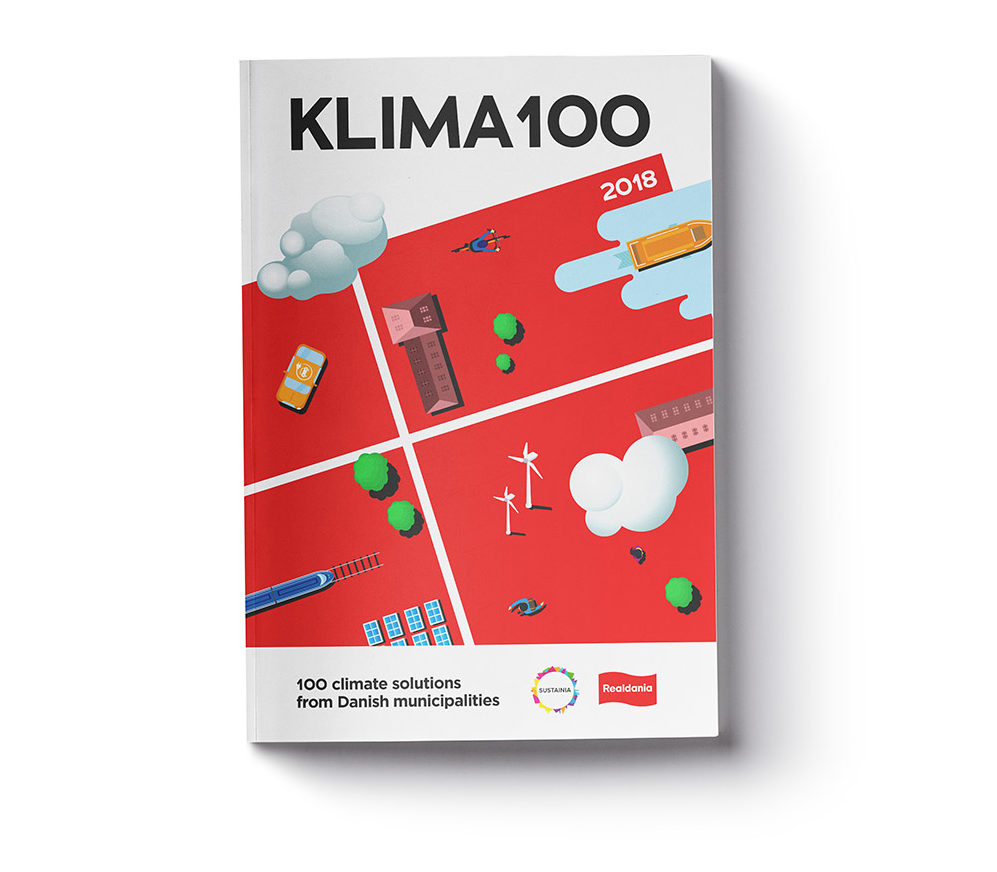
The publication demonstrates how localized, ‘bottom-up’ innovation is not only diversifying the disruptive markets of tomorrow, but is also vital to maintaining our way of life. C40 estimates that 40% of the Paris Agreement targets can be delivered by cities. However, the net contribution required by local governments may be even bigger. In turn, the need to slow down global warming, adapt to climate change, and create a greener future at the local level, is paving the way for the greatest market metamorphosis we will ever witness.
40% of the Paris Agreement targets can be delivered by cities.
The Klima100 publication, and our featured Klima100 Series, is living proof that the green revolution is happening at all levels and that local, small-scale opportunities are essential in solving some of Denmark’s (and the world’s) biggest climate challenges. However, the Klima100 Series encompasses solutions that go beyond the environmental. Just as climate action forms one part of the 17 United Nations Sustainable Development Goals, Klima100 demonstrates how social and economic challenges can also be addressed through climate initiatives.
3 Solutions Picked by the Editors
1. Aarhus Municipality – Strategic Climate Action Reduces Emissions
With an ambitious plan to become CO2 neutral by 2030, Aarhus is focusing on broad public engagement and future energy infrastructure.
Since 2008, when the City of Aarhus committed to CO2 neutrality by 2030, the municipality has managed to halve its CO2 emissions as part of their green transition. This was done by reorganizing its heat and energy generation as well as energy renewal of existing buildings. The “Climate Plan 2016-2020” contains 50 climate initiatives, putting Aarhus on the path to carbon neutrality. One of the milestones in the climate plan is to create a strategic planning framework for the future energy infrastructure. Another initiative is a tool which helps to ensure that city planners include energy planning and infrastructure in urban planning in a timely manner. This kind of strategic energy planning can lead to innovative energy solutions that benefit both the municipality and businesses.
The climate plan not only takes into account the typical areas of climate mitigation such as transport, buildings and industry, but also focuses on areas where the municipality does not have direct influence: its citizens. The municipality of Aarhus has therefore created the “Climate Game” (Klimaspillet), where citizens can choose actions that reduce CO2 emissions and see the effect of their choices. The game has proven effective in increasing understanding of climate action and is now being used in 100 primary and high schools in Aarhus Municipality.
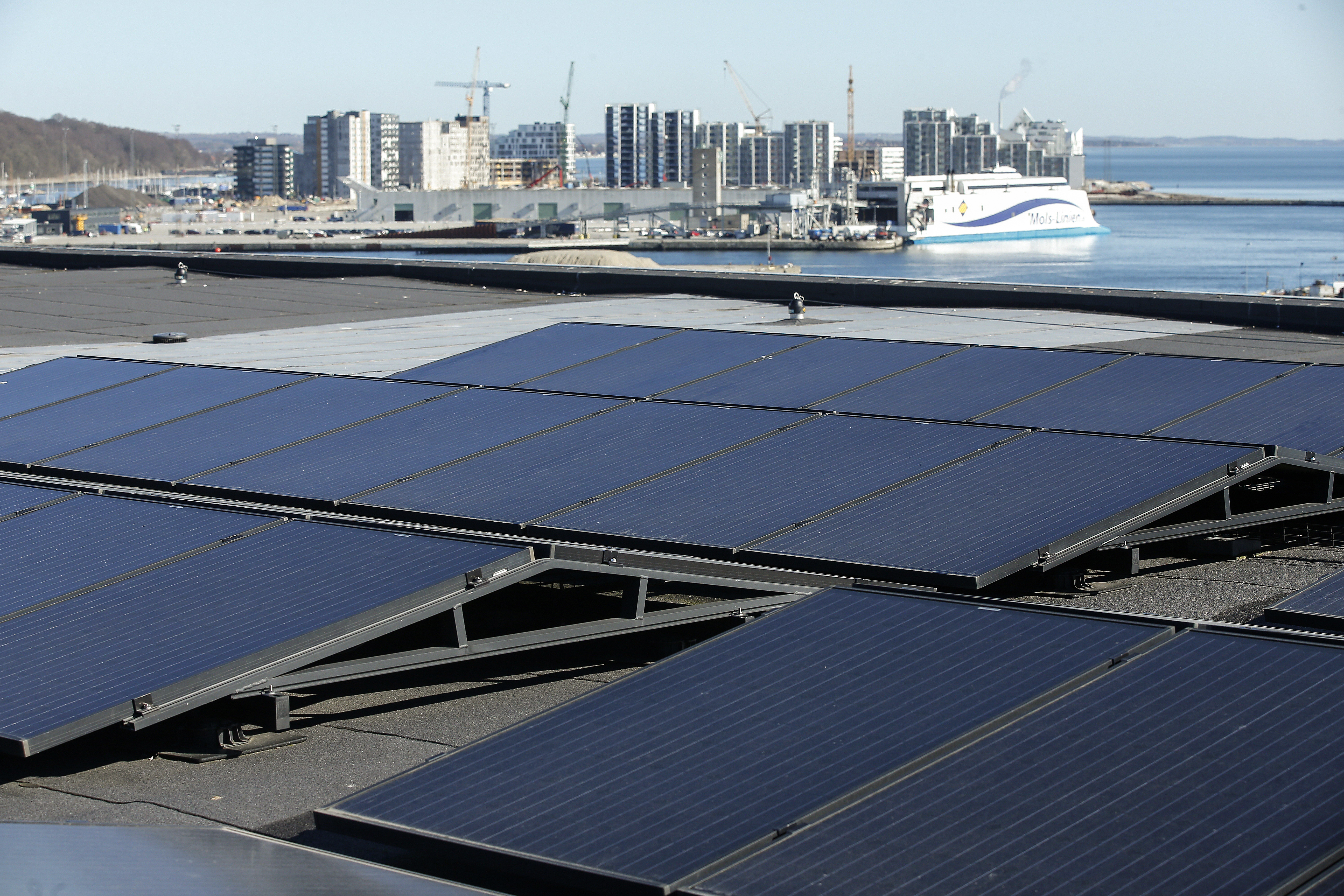
Sustainable Development Goals addressed
![]()
![]()
![]()
SDG #11 “Sustainable Cities and Communities”
Aarhus municipality wants to be an attractive city to live. An often forgotten precondition is an energy system with affordable, and secure supply, which the climate plan will help to provide.
SDG #13 “Climate Action”
Since 2008, the municipality of Aarhus has halved its CO2 emissions by reducing energy consumption in municipal buildings by 25%.
SDG #17 “Partnerships for Action”
The “Climate Plan 2016-2020” was created through cooperation between 250 different actors. Five seminars were held and roadmaps developed with over 60 solutions to the biggest climate challenges.
2. Sønderborg Municipality – Envisioning a carbon-neutral city by 2029
Unique public-private partnership, ProjectZero, demonstrates that superior climate leadership can transform how cities, communities and companies operate.
ProjectZero was established in 2007 with the ambition of making the entire Sønderborg region carbon neutral by 2029. Since 2007, a number of collaborative and transitional programs have been launched under the public-private partnership. These include ZEROcompany, providing advice and climate strategy guidance to member companies including major local companies Linak and Danfoss. These major players have implemented energy efficiency strategies, established extensive solar power systems and reduced CO2 emissions by 45%. Another program, ZERObyg (ZERObuilt) has educated hundreds of energy advisors and raised awareness about ZERObolig (ZEROhome). 1,600 households have been visited by ZERObolig, many of which have gone on to undertake energy renovations of their own.
The municipality is determined to reach its goal of carbon neutrality through education, sustainable urban development, new housing concepts and green business. By the end of 2016, both CO2 emissions and energy consumption were cut by 35% and 17.5% respectively compared to 2007. Among many initiatives, this was achieved by retrofitting more than 3,000 homes and switching to district heating of 95% green fuel in three cities. The municipality has replaced 44 diesel buses with new biogas buses and energy renovated 124 municipal buildings, 42 of which now boast solar panels. These measures have almost halved CO2 emissions across the municipal administration.
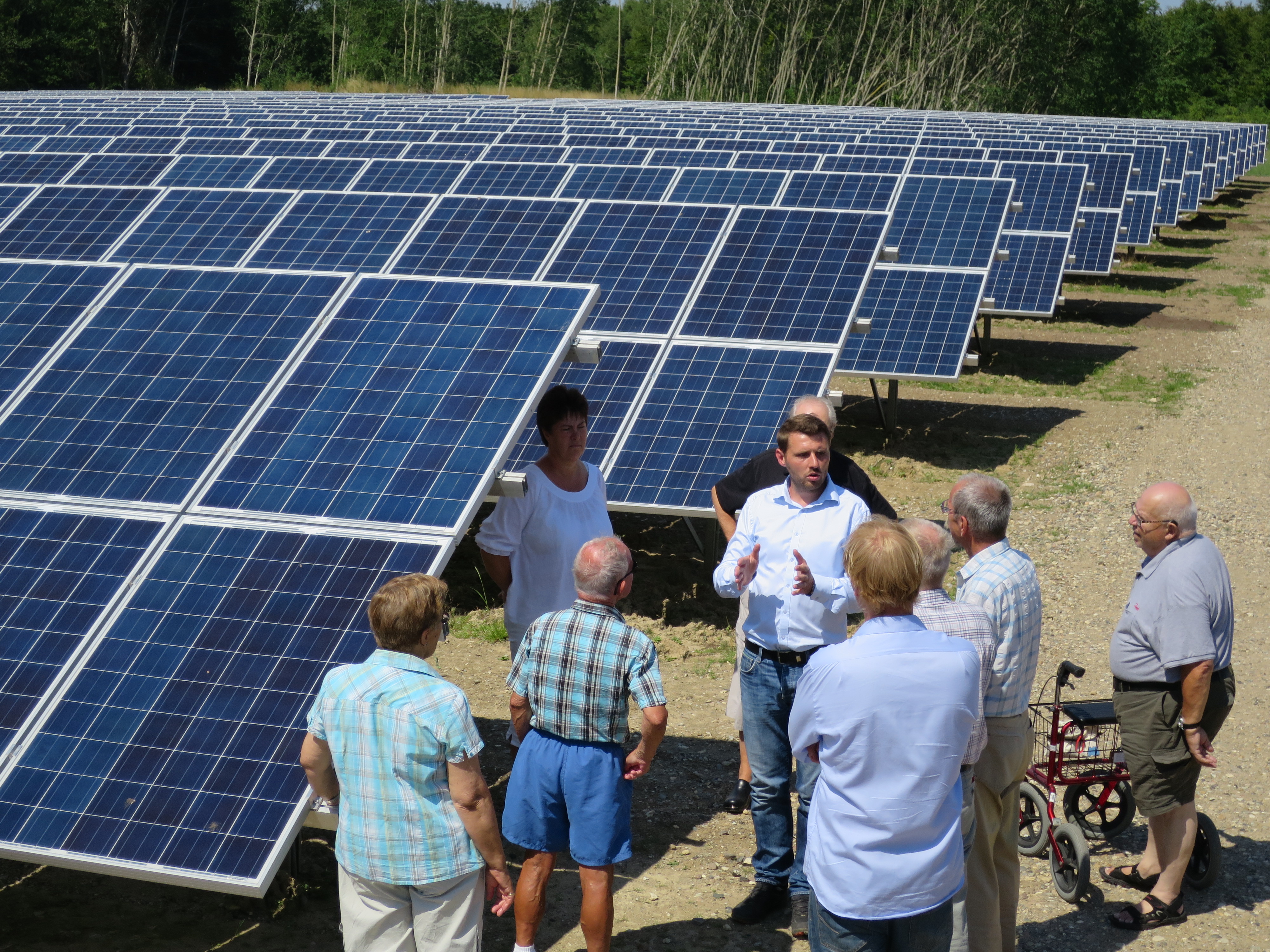
Sustainable Development Goals addressed
SDG #4 “Quality education”
Learning materials on the environment and sustainability has been added to the curriculum of 16,000 students. A collaborative vocational learning platform has also been set up in collaboration with Haiyan County, China.
SDG #11 “Sustainable Cities and Communities”
ProjectZero’s overall goal is to create sustainable communities. The initiative works with community organizations to coordinate efforts which include topics such as local food production and job creation.
SDG #17 “Partnerships for the Goals”
ProjectZero has fostered many partnerships, inspiring new local collaborations based on the ProjectZero’s model, including architect Frank Gehry’s large-scale urban-harbour development in Sønderborg.
3. Skanderborg Municipality – Climate Proof Cities
In the town of Galten, Skanderborg Municipality has designed a permeable road, Permavejen, that permits rainwater to pass through the asphalt and transports it to the nearby park.
On Permavejen in Galten, protection against climate change is implemented while also fulfilling a need for recreational urban space for the city’s inhabitants. The road is made of permeable asphalt, meaning that in the event of rainfall, the water flows through the asphalt rather than overflowing. The road is constructed with a membrane which creates a pool beneath the road, ensuring that any contaminated water does not contaminate groundwater. At the same time, the reservoir makes it possible to handle a quantity of surface water equivalent to a 1-in-100-year-flood.
The rainwater is thus stored and gradually led into the traditional rainwater system over time. The reservoir is an integrated part of the cityscape, with recreational facilities such as skate parks, tennis courts, amphitheaters and living areas. The road protects the Galten town center and stores from the influx of rainwater 18 hectares upland, while the recreational area enriches the municipality, ultimately making it a better place for citizens to live.
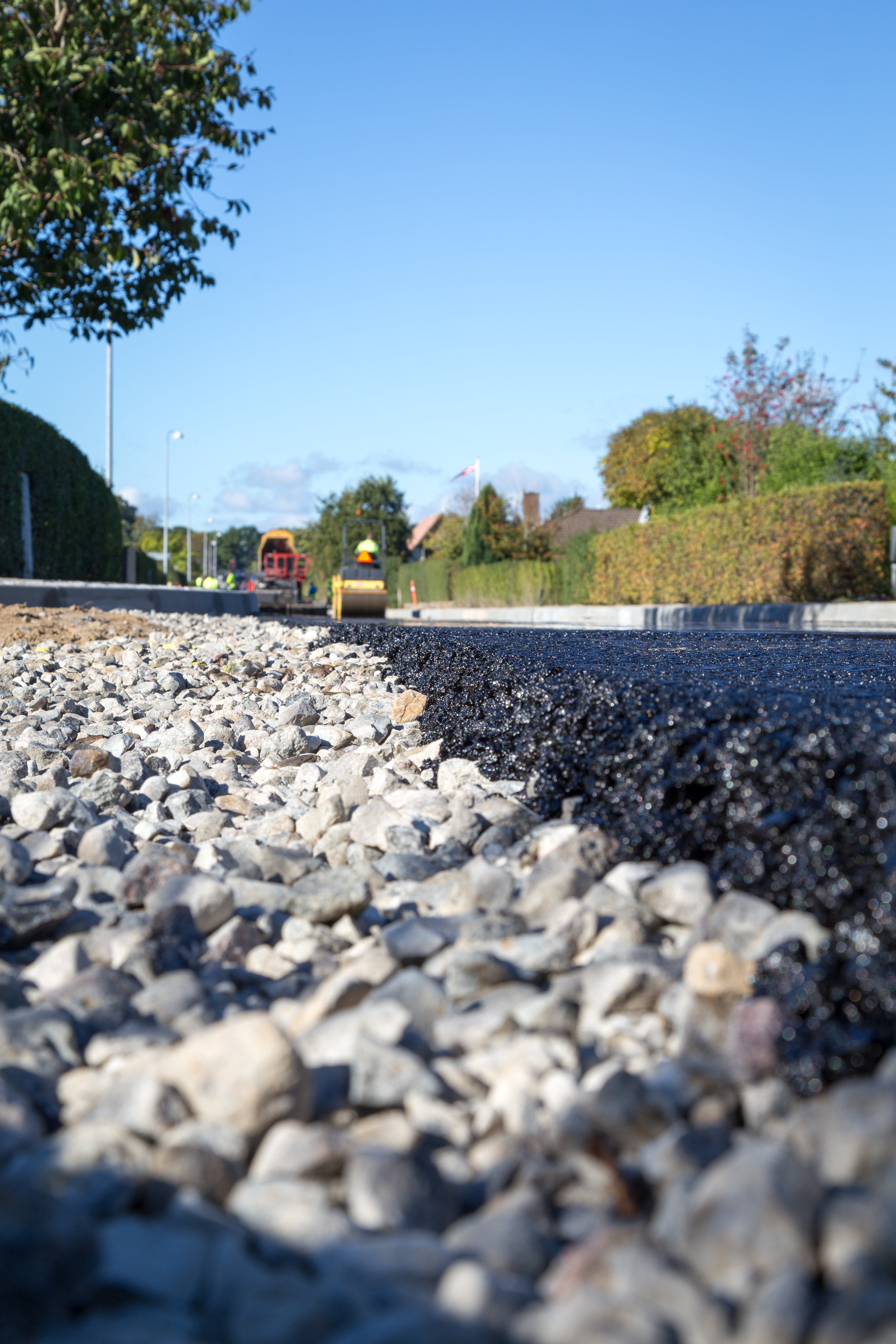
Sustainable Development Goals addressed
![]()
![]()
![]()
SDG #6 “Clean Water and Sanitation”
The membrane beneath the road leads rain and wastewater into a temporary storage space, while simultaneously protecting groundwater from contamination from overflowing sewers.
SDG #11 “Sustainable Cities and Communities”
The READY project ensures modern and resource-efficient housing for disadvantaged citizens in the social housing association Ringgården, located in Aarhus Municipality.
SDG #13 “Climate Action”
READY also targets consumption habits of residents. Ringgården’s residents contributes to the project with sustainable management and efficient utilization of natural resources.
This article was unlocked by Realdania, so that you could read it for free.


